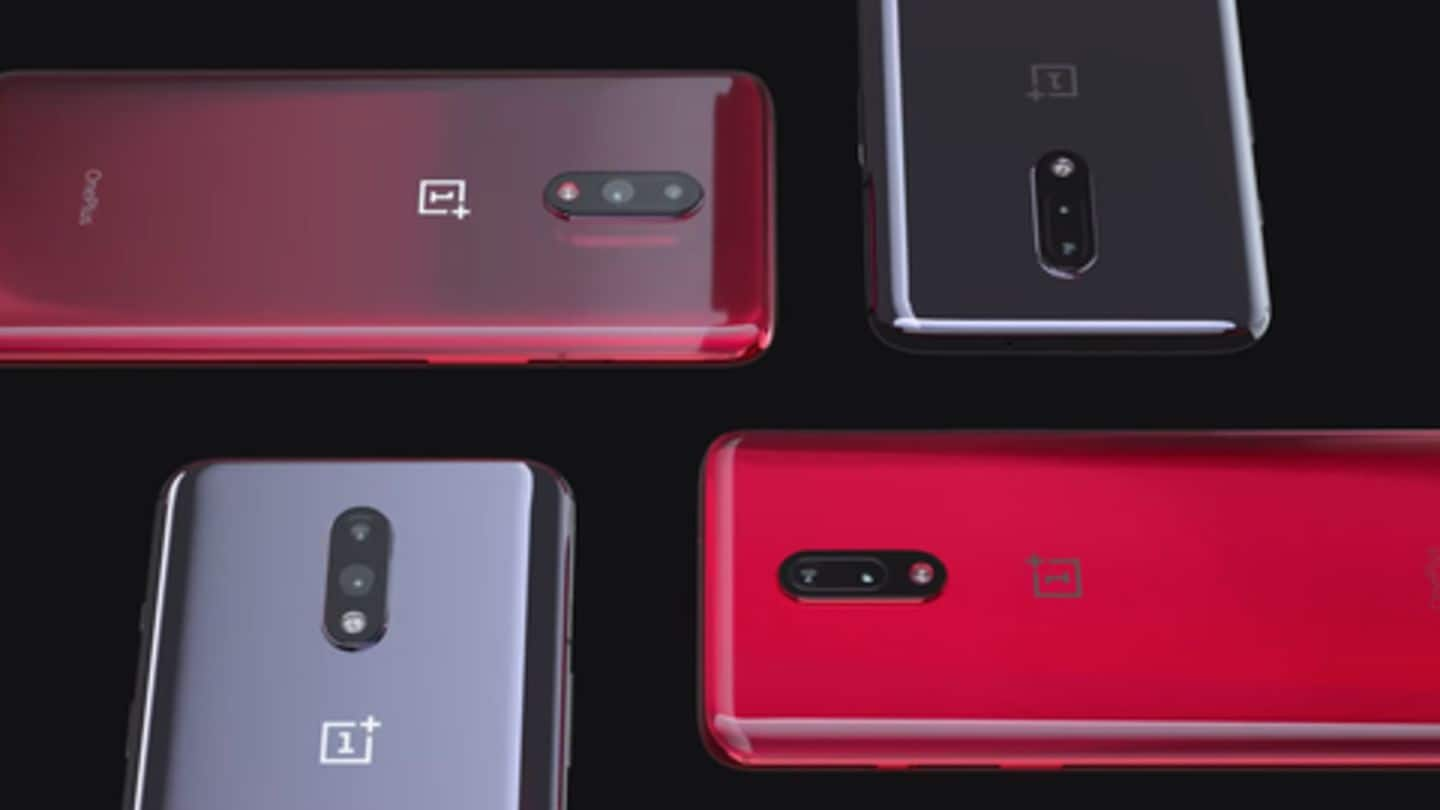
How OnePlus 7 manages to be cheaper than OnePlus 6T
What's the story
Despite being eclipsed by the limelight of its ultra-premium Pro sibling, the OnePlus-7'>OnePlus 7 has wowed all and sundry with its price tag. The standard model, which arrives as a solid upgrade to OnePlus 6T, is not only cheaper than the stunning OnePlus 7 Pro but also its predecessor. So, how did OnePlus pull-off a genius move like this? Let's find out.
Information
First off, here's a look at OnePlus 7's pricing
In India, the OnePlus 7 costs Rs. 32,999 for the base-end 6GB/128GB model and Rs. 37,999 for the top-end 8GB/256GB model. The phone will be up for grabs starting June 4. To recall, the OnePlus 6T was launched at a starting price of Rs. 37,999.
Cutting costs
OnePlus 7 retains the design of OnePlus 6T
OnePlus 7 retains the same 6.4-inch full-HD+ waterdrop notched display and curved glass design of OnePlus 6T. However, it does have some nifty tweaks including a larger earpiece grille that houses the secondary speaker and a bigger LED flash unit on the rear. With this move, OnePlus saves on the design costs while also distributing the original investment over two generations of devices.
Sharing costs
OnePlus 7 borrows the camera specs from its Pro sibling
As an upgrade to OnePlus 6T's 16MP+24MP rear camera setup, the OnePlus 7 offers a 48MP+5MP combination that enables better low light photography and more detailed images courtesy pixel binning technology. Notably, the main 48MP sensor is also seen on the OnePlus 7 Pro, meaning OnePlus opted for similar components to maintain fewer individual Stock-keeping Units (SKUs) that, in turn, lowered production costs.
Bargains
Bulk orders allow for higher bargaining power
Both OnePlus 7 Pro and standard OnePlus 7 come with the flagship Qualcomm Snapdragon 855 chipset as well as industry-leading UFS 3.0 storage format. Hence, with an order for several million units of the chipset and storage disk, OnePlus not only helps realize higher economies of sale for its competitors but also reaps the benefits of having a higher bargaining power.
Cutting corners
Making the right trade-offs
The OnePlus 7 retains the same optical in-display fingerprint sensor (though slightly improved), a 3,700mAh battery, and 20W fast-charging support that many have appreciated on the OnePlus 6T. Moreover, like its predecessor, the phone still misses out on certified water-resistance and wireless charging. This again helps the company keep a check on the total bill of materials and production costs.
Information
Lastly, OnePlus banks on higher sales volume, smaller profit margins
OnePlus has always priced its products aggressively and that has allowed the company to reap benefits in a price-sensitive market like India. Competitive pricing, achieved by settling for smaller profit margins, has propelled the company's market share with higher sales volumes contributing to higher profits.